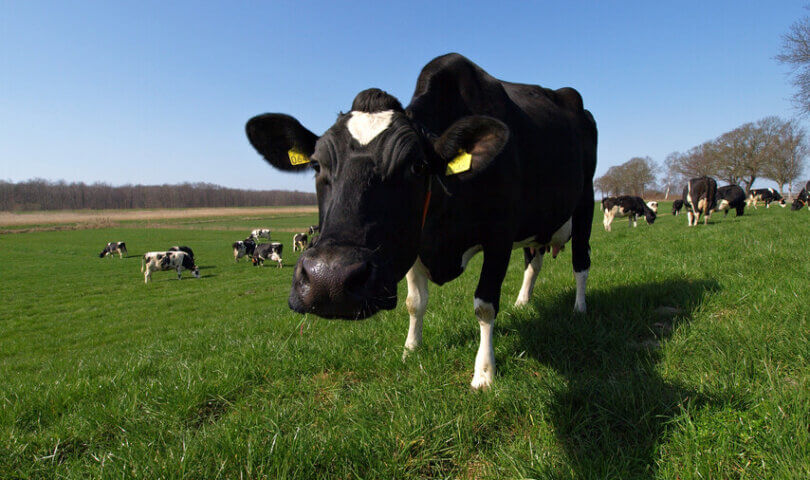

General
News overviewNew method combines environmental impact with health
In food, health and environmental impact are inextricably linked. More and more, we want to know not only how healthy a food product is, but also how it impacts the environment. But what is the best way to convey the environmental impact of a food product? Our expert in nutrition and sustainability Dr. Stephan Peters, together with other scientists, has developed a new method that can combine health and environmental impact.
The environmental impact of products is often expressed through a life-cycle analysis, which systematically charts all sustainability aspects. This makes it possible to calculate, for example, the carbon footprint of a product in terms of CO2 per kilogram. “For example, the CO2 footprint per kilogram of product of yogurt can be three times higher than that of a kilogram of potatoes,” Peters explains. “So if you want to eat more sustainably, you might simply think that you can replace yogurt with potatoes. This is obviously incorrect, because you have to look not only at the absolute amount of food, but also at the nutritional value of what you eat. For this reason, the idea of integrating environmental impact and nutritional value into LCAs has been around for years. We call this nutritional LCAs (nLCA).”
Scientific publication
The method was recently published in a leading scientific journal of life cycle assessment (LCA): The International Journal of Life Cycle Assessment.
The study presents a new method for looking at the environmental impact of food by taking nutritional value into account. It proposes to adapt the usual way of expressing environmental impact (per kilogram of product) with a Qualifying Index (QI).
The QI is a value that expresses how nutritious a product is in relation to the energy it provides. A higher QI means a higher nutrient density per a certain number of calories. The QI is calculated based on 21 key nutrients for the Dutch population.
The QI is then used to correct the environmental impact (expressed in CO2) of 164 foods. Thus, foods with high nutritional value (QI > 1) were given a lower environmental impact per kilogram after correction, while foods with low nutritional value (QI < 1) were given a higher impact.
Balance between health and sustainability
The study demonstrates that this new approach, called QI-nLCA, can be used to better assess the environmental impact of foods, as well as meals and entire diets. The method can help policymakers make decisions about healthy and sustainable food.
With this method, we make an important contribution to the dialog around the sustainability and nutritional value of our food. Want to know more? Feel free to contact Stephan Peters or the NZO.




